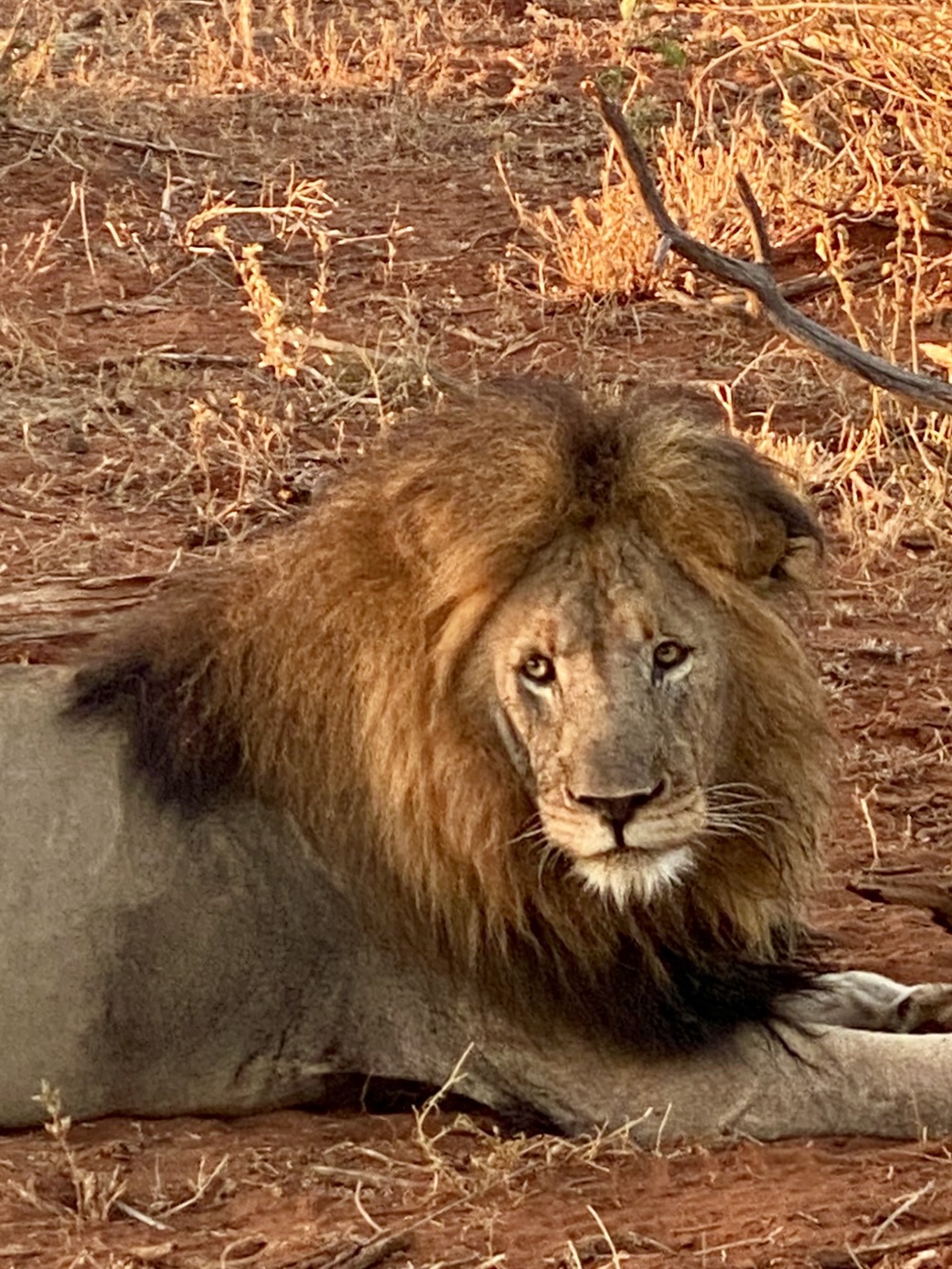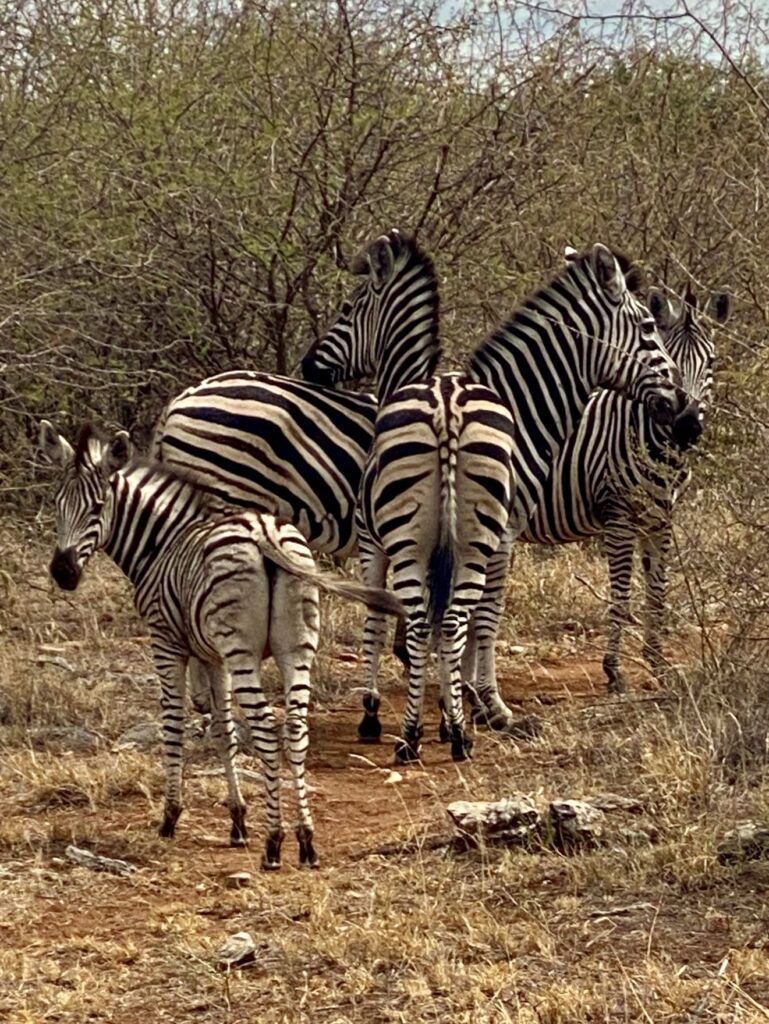
Honestly, putting together a safari trip in South Africa was stressful, overwhelming, and daunting. It took me several months, and at times I put my research on the shelf and picked it up again when I had the mental capacity.
The sheer number of lodging options crippled my brain. Then the transportation logistics had me doubting my choices.
I am not a safari expert, but I am travel savvy. After planning my dream safari vacation, here are five questions to ask yourself to help with planning.
Style: Are you interested in a package deal or do you want to drive around and be more independent?
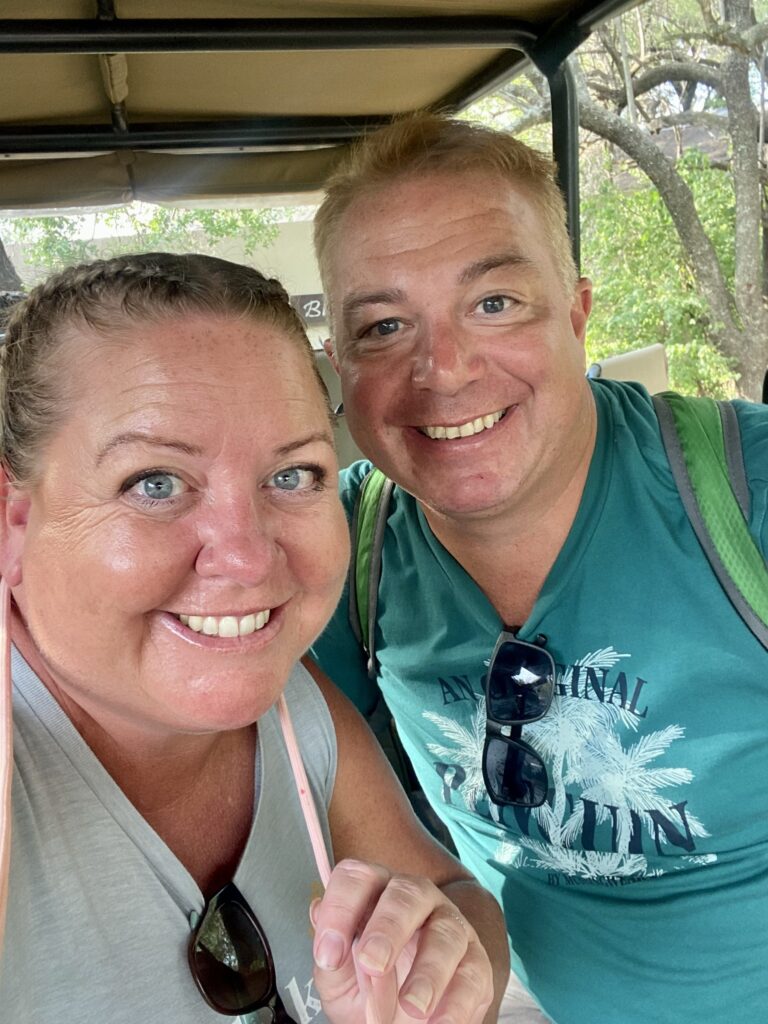
If you have the resources and don’t enjoy placing the puzzle pieces together, work with an experienced travel agent. They can bundle airfare, transfers, hotels and activities. There are many tour groups that you can join too. With a few clicks a travel agent or tour operator can have it all ready for you and all you have to do is show up in cute khakis. But still read on to help narrow down your timing and other factors.
If you want to have more control or have a tighter budget, then your planning will be more arduous. I used travel books, Google, maps, and Facebook groups to research routes and read reviews.
Budget: Realistically, what do you want to spend on accommodations and guides?
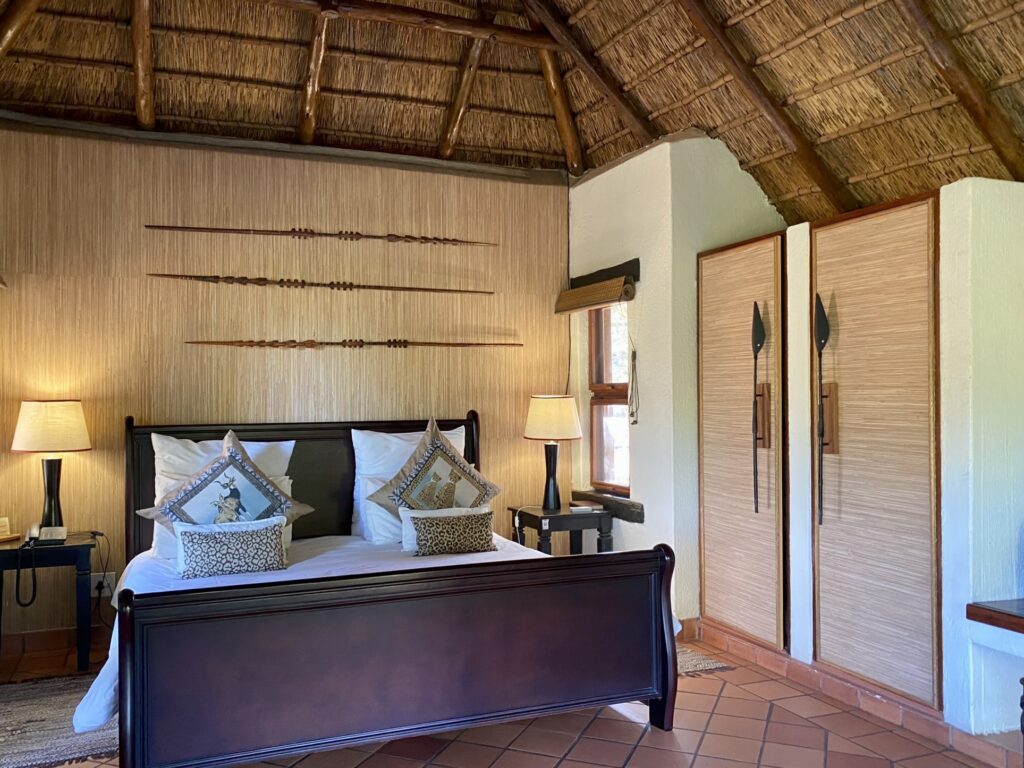
Accommodations vary wildly and they were more expensive than I had anticipated. Have a clear idea of your budget first. Then filter out all the resorts that don’t fit within your budget. Many of the safari lodges provide meals so you should use all-in costs to make the comparison apples-to-apples.
Generally, a night of lodging, full board, and two safari drives will cost at least $250 USD per night, and the cost can go up dramatically from there. Self-driving can be less expensive, but make sure to account for supplying your own food and gasoline.
Also don’t forget to factor in transportation costs to the game reserves: rental car and gasoline costs if you’re self-driving, or shuttle/taxi costs if you are not. You could choose to fly between cities, and the truly fancy will take a private plane to the small airstrips that are at or near most game reserves.
Timing: When do you want to go? What kind of weather would be ideal for you?
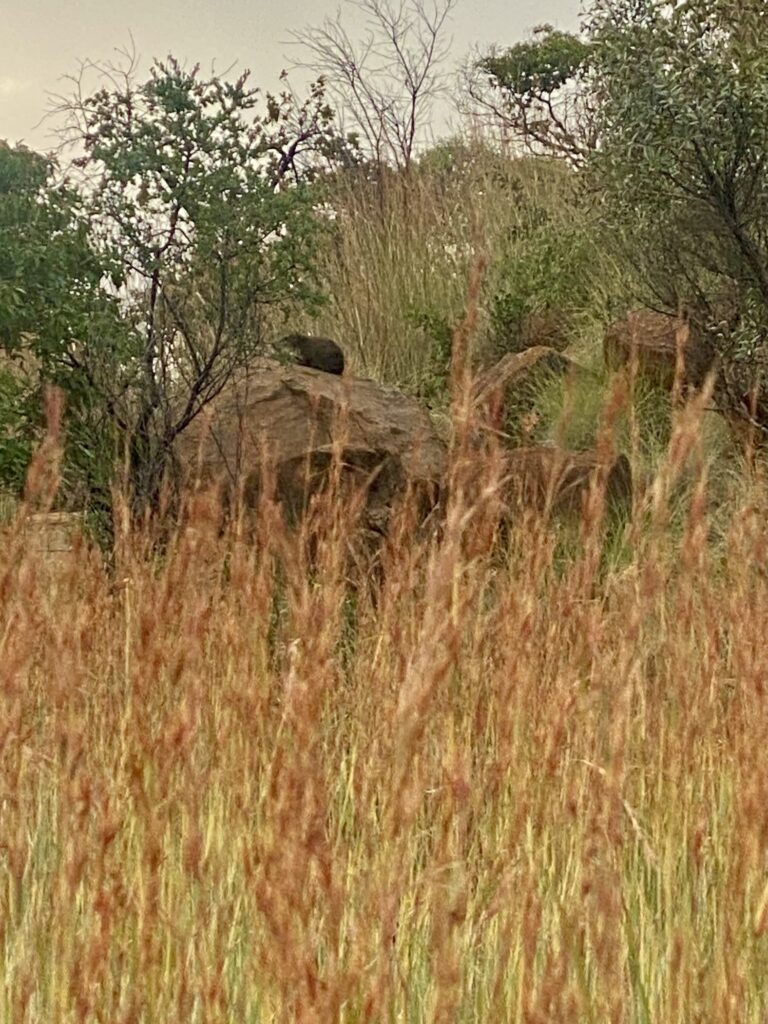
Depending on the time of year, some places may be better than others. South Africa is nowhere near the equator and the climate offers four seasons. But remember that summer in South Africa falls between December and March, and their summertime is known for wet afternoon showers.
If you want to hit the beaches before or after the safari, then summer might be the better time of year for you.
Safari in winter will be colder and the trucks are open air. But the crowds are smaller, and the prices less expensive. And with the grass and shrubs dormant, it may be easier to spot certain animals.
In spring, the grass is longer, and some animals like cheetahs will be difficult to find. Just try to avoid the mistake of booking at Easter if you can: it is the end of summer for South Africa and the parks will be crowded.
Weather aside, there are other factors that might play into your timing. Baby animals are so cute and the best tie to see them on safari is between November and March.
Animals: What exactly are you hoping to see? What would you be sad to miss?
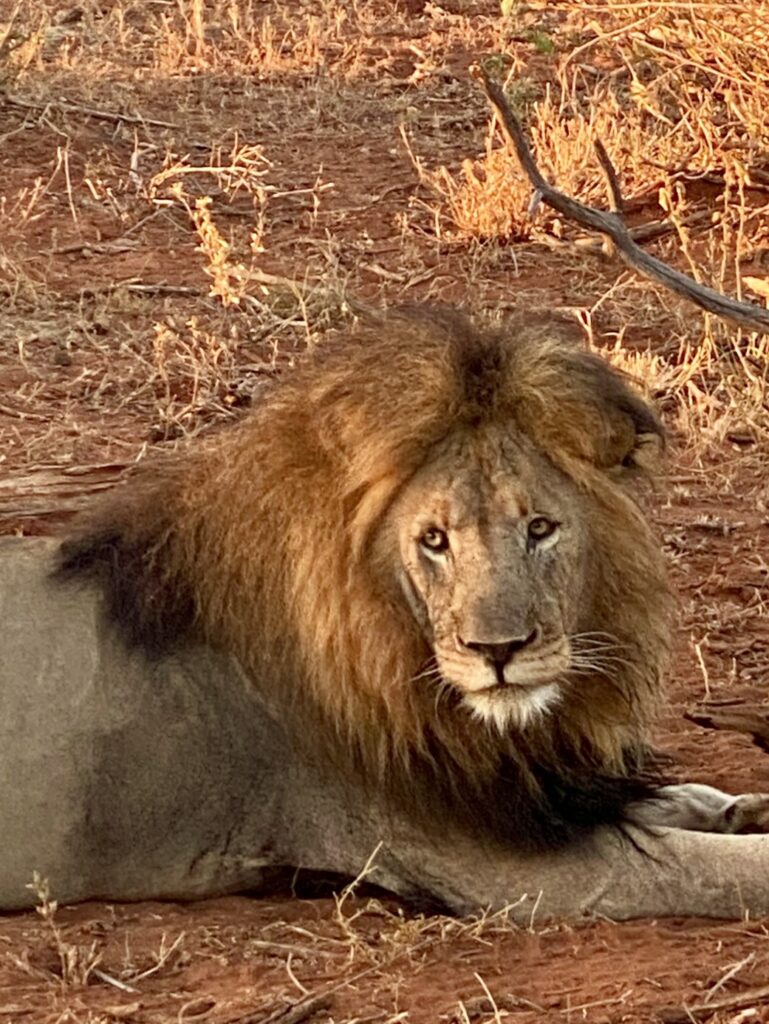
Zebra and giraffe sightings are almost guaranteed while out in the savanna. Animals like the wildebeest are exotic outside the fence but common inside the reserves.
Think about the rarer sightings. What will be the most incredible, memorable, exciting animal for you to spot? Then go to the game reserve that offers the greatest opportunity to see that.
For example, I really wanted to see big cats: lions, cheetahs, and leopards. So when we visited Kruger, we stayed at Satara Rest Camp because large cat sightings are common around that area of the park.
Transportation: Where are you flying to? How do you want to get around?
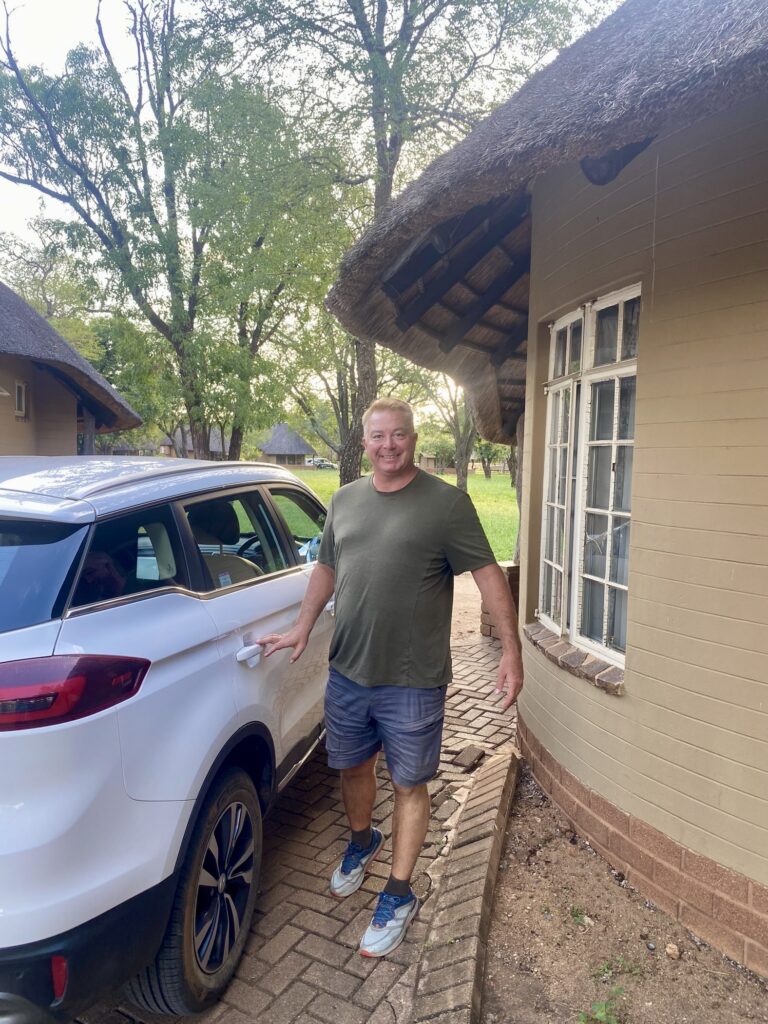
South Africa is a large country. Think about how you plan to get from the airport to the gates of the game reserve. Kruger National Park is around 1100 miles away from Cape Town, a similar distance as Los Angeles to Seattle. Day tripping to safari parks is not typically an option.
Are you wanting to visit any other interesting places like Victoria Falls or wine country? Do you have time to visit all these places while not blowing the budget?
The road conditions in South Africa are challenging. From brutal potholes to shady police officers and goats wandering across the highway, the only thing you can expect is the unexpected. We did not experience any problems, but it is not rare for travelers to pay a bribe or have a car broken into. Be smart, don’t pick up hitchhikers, lock the doors, and don’t leave stuff in the car.
We drove 1200 miles and had minimal problems. But there are risks.
On our transit days, we chose to drive no more than six hours, so that we could check out of one place and arrive at the destination well before sunset. That meant stopovers in towns just so we could dine, sleep, and leave the next morning. Still, this was easier than the days when we went from one game reserve to another in the same day: two safari drives sandwiched around three hours of self-driving is a lot of time in a car!
Summary
You can plan your dream safari in South Africa… it just takes time and effort to understand the options. However, understanding your priorities first will help you plan the rest.
Hope these questions help you narrow down your research so that you can have an amazing safari vacation. Add a comment below to add to this planning list or if there is anything I can do to help you plan!
